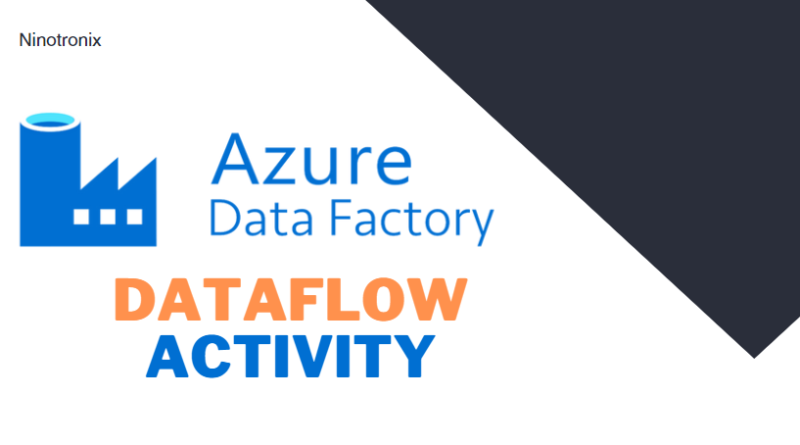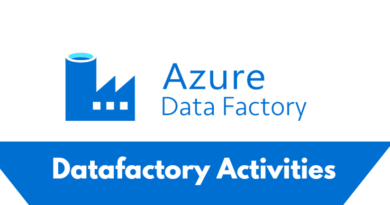Azure Data Factory Dataflow: Simplifying Data Transformation and Integration
Azure Data Factory (ADF) is a cloud-based data integration service that allows users to create, schedule, and manage data pipelines. One of the key components of ADF is the Dataflow feature, which simplifies the process of data transformation and integration.
Dataflow is a graphical user interface (GUI) tool that enables users to create and manage data transformation logic without writing any code. This makes it easier for non-technical users to create complex data transformations and integrations. With Dataflow, users can easily ingest, transform, and publish data using a drag-and-drop interface.
Dataflow uses Apache Spark as its execution engine, which is a fast and scalable data processing framework. This allows Dataflow to handle large volumes of data and perform complex transformations at scale. Dataflow also supports a wide range of data sources and destinations, including Azure Blob Storage, Azure Data Lake Storage, Azure Synapse Analytics, and many others.
Dataflow has several key features that make it a powerful tool for data transformation and integration:
Visual Data Transformation: With Dataflow, users can easily create complex data transformations using a drag-and-drop interface. Dataflow provides a wide range of transformation functions, such as join, filter, aggregate, and many others. Users can also create custom functions using Python or Scala code.
Data Preview: Dataflow provides a data preview feature that allows users to view the output of each transformation step before it is published. This helps users to identify and fix any issues with the data transformation logic before it is published.
Schema Drift: Dataflow has a schema drift feature that allows users to handle changes in the schema of the data source or destination. Dataflow can automatically detect schema changes and adjust the transformation logic accordingly.
Data Quality: Dataflow provides built-in data quality features, such as data validation and cleansing. Users can easily validate data against business rules and clean data using functions like replace or trim.
Integration with ADF: Dataflow is fully integrated with Azure Data Factory, which allows users to easily create and manage data pipelines that include data transformations. Dataflow can be used in combination with other ADF features, such as Mapping Data Flows and Copy Data activity, to create end-to-end data integration solutions.
To use Dataflow, users first create a dataflow in the Azure portal. They can then select a data source, apply transformations to the data, and publish the results to a data destination. Dataflow provides a visual representation of the data transformation logic, which makes it easier for users to understand and modify the logic.
Dataflow can be used to solve a wide range of data integration and transformation scenarios, such as:
Data Migration: Dataflow can be used to migrate data from on-premises or cloud-based data sources to Azure data services. Dataflow supports a wide range of data sources and destinations, which makes it easier to migrate data between different systems.
Data Warehousing: Dataflow can be used to transform data into a format that is optimized for data warehousing. Users can easily apply transformations such as pivoting, sorting, and aggregation to prepare data for analysis.
Data Lake Analytics: Dataflow can be used to process and analyze data stored in Azure Data Lake Storage. Users can use Dataflow to perform complex data transformations and prepare data for analysis using Azure Synapse Analytics.
Real-time Analytics: Dataflow can be used to process and transform data in real-time. Users can use Dataflow to stream data from different sources, apply transformations, and publish the results to real-time analytics platforms such as Azure Stream Analytics.




